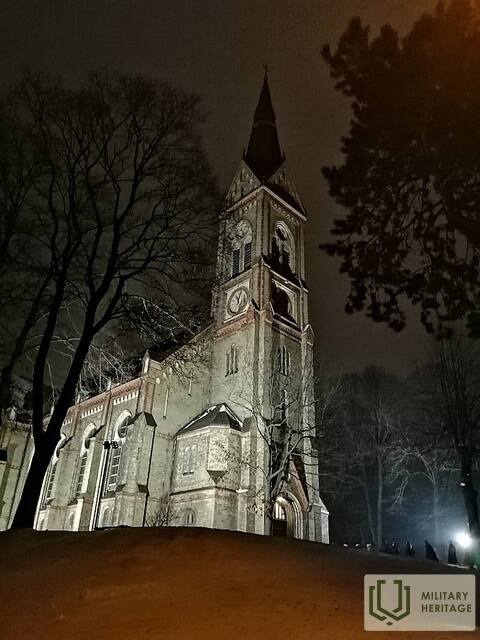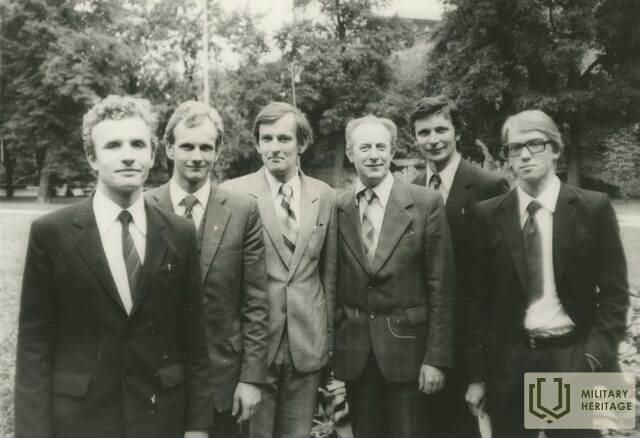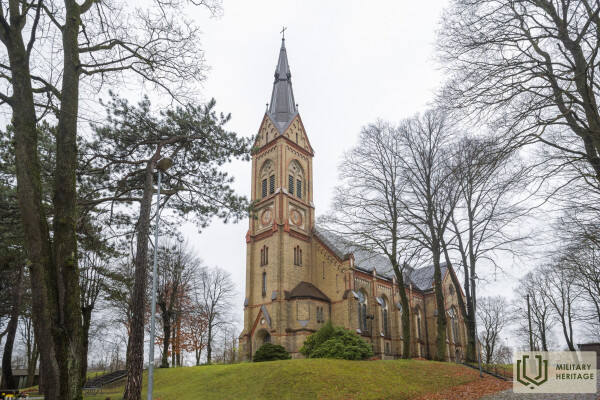Riga Lutheran Evangelical Lutheran Church
Infrastructure

 6
6



In the second half of the 1980s, meetings of the “Revival and Renewal” movement were held at Torņakalns Church. It was a group of pastors and parish activists of the Latvian Evangelical Lutheran Church, which on June 14, 1987, distributed a document on the founding of the group and its goals with an invitation to all LELB clergy to join this group. The group invited Archbishop Īriks Mesters and the Consistory to address the Councils for Religious Affairs of the Latvian SSR and the USSR with a request to jointly discuss, evaluate and possibly revise some points of the Regulation on Religious Associations of the Latvian SSR, which no longer correspond to the real situation and hinder the democratization process in the church.
On July 28, 1987, the first meeting of the group took place, where the basic principles of the organization renamed the "Revival and Renewal" movement and proposals on church-state relations and the internal life of the LELB were adopted. The LELB Consistory, under the leadership of Archbishop E. Mester, in July and August 1987, carried out repressions against members of the "Revival and Renewal" movement Jānis Priednieks, Roberts Akmentiņš, Aivars Beimanes and Modris Plātes, removing them from their positions. In December 1987, members of the movement Māris Ludviks and Jānis Kārkls were forced to leave Latvia. In April 1989, at the LELB Synod, members of the movement became the leaders of the LELB, and Kārlis Gailītis became the archbishop.
Used sources and references:
J. Rubenis. The Evangelical Lutheran Church of Latvia and the Latvian Revival (1987-1988) // The Baltic Path of Freedom / Compiled by J. Škapars. Riga: Zelta grauds, 2005, pp. 424-431.
L. Rozentāls. Rebirth and Renewal. Riga: University of Latvia Academic Press, 2024.







